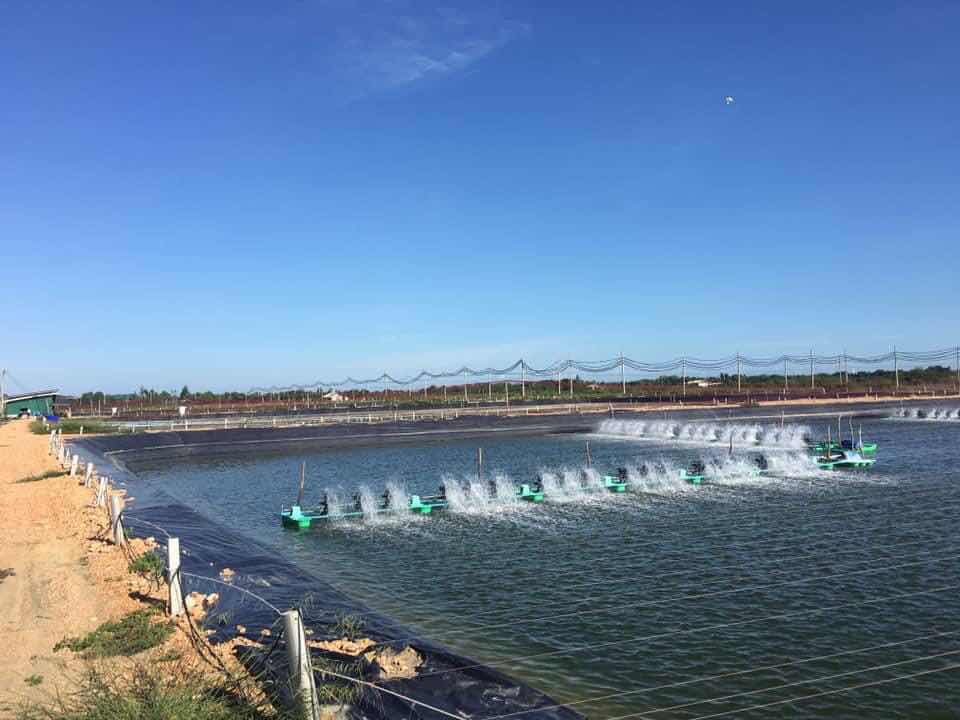Comprehensively explain the effect of the use of anti-seepage membranes for fish ponds
One: Analysis of the material of the anti-seepage membrane of the fish pond
The raw material used in the aquaculture film is a new PE thermoplastic resin, which is a waterproof barrier film made by a blow molding process. It is a high molecular polymer with non-toxic, tasteless and odorless characteristics. Its melting point is about 130, relative density is 0.95, and it has good heat resistance and cold resistance. It has high rigidity and toughness, good mechanical strength, high environmental stress crack resistance and high tear resistance. The membrane quality itself has the characteristics of low permeability coefficient, high density, uniform thickness, wide temperature range, high elongation, good softness and stable size.
2: Specification of anti-seepage membrane for fish pond
1. Film thickness is divided into: 0.3mm, 0.4mm, 0.5mm, 0.75mm, 1.0mm
2. The width is divided into: 2m, 3m, 4m, 5m, 6m, 8m
3. The length of the membrane is 30-100m, and the specific quantity can be as required.
Three: The quality of the anti-seepage membrane for fish ponds is based on the GB/T17643-2011 standard
1. Thickness deviation -3%
2. Tensile breaking strength 10N
3. The elongation at break is 600%
4. Right-angle tearing strength 56N
5. Puncture resistance strength 120N
6, Carbon black content 2%
Four: The construction process of laying anti-seepage membrane in fish ponds is as follows:
Site excavation leveling-foundation pit rolling-slope leveling treatment-laying of impermeable membrane-fixed impermeable membrane-backfilling and water injection. Four: Base surface requirements for excavating fish ponds
Farmers can start to build ponds in selected locations according to their own plans, and remove debris on the slope and bottom of the pit from the excavated fish pond. The cleaned slope should be flat, dense and smooth to ensure the flatness required for laying the impermeable membrane.
